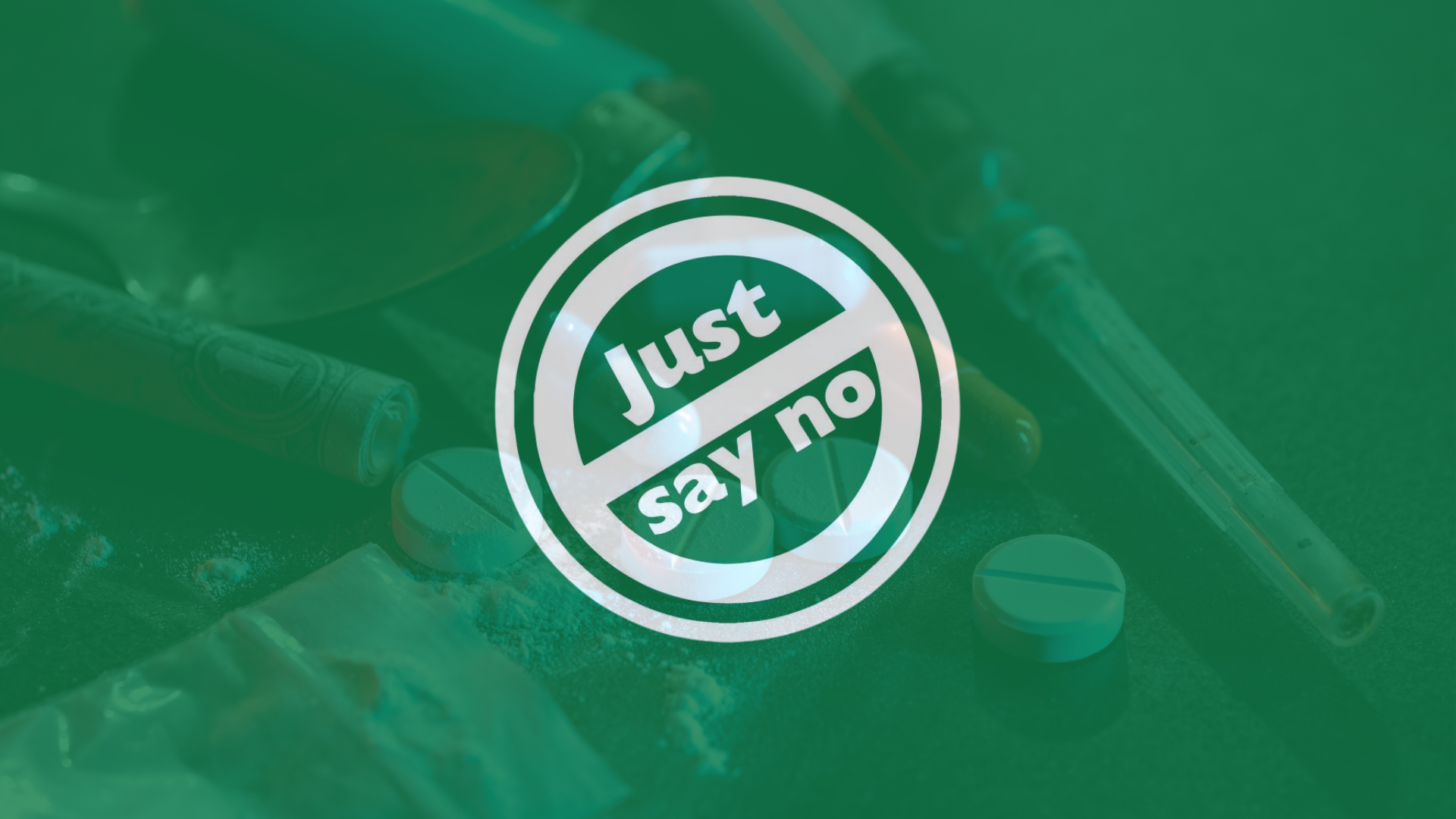

June, 2024
The "Just Say No" campaign became a milestone in the history of drug prevention, particularly in the United States during the 1980s, although it achieved international relevance. This initiative stood out for its direct and effective message and its strategic use of outdoor advertising to spread a clear message of rejection of drugs.
If you want to learn how it was designed, its impact on society, and why it is one of the most interesting examples in the fight against drug addiction, keep reading!
Context of the "Just Say No" campaign
In 1982, drugs had become a pressing issue in the United States due to the development of a cheap and highly addictive form of cocaine known as "crack," whose popularity led to an increase in the number of Americans who became addicted and quadrupled emergency room visits related to the substance.
This prompted then-First Lady Nancy Reagan to take action by launching a nationwide campaign aimed at educating young people about the risks of drug use while encouraging them to reject drugs through a simple yet powerful message. The "Just Say No" campaign was born, with its famous slogan created by Robert Cox and David Cantor, advertising executives from the Needham Harper & Steers office in New York.
Although this campaign started in the United States, it soon spread internationally, being adopted by various countries worldwide due to its easily adaptable and translatable message for different cultures and local contexts.
Outdoor advertising and TV as pillars of the campaign
The "Just Say No" campaign was carried out through various media. Still, it was outdoor advertising and TV appearances that led to its international expansion, focusing on several key communication points:
1. Clear and visual messages: the campaign's billboards were characterized by their simplicity and forcefulness. Phrases like "Just Say No" and "Drugs, no thanks" were accompanied by images that reinforced the message of resistance to drug use, easily understandable for young audiences and generally placed in strategic locations such as bus stops, school areas, and community centers.
2. Strategic placement: as mentioned earlier, outdoor billboards were placed in strategic areas where young people and families were more likely to pass by, maximizing their educational and preventive impact. This strategy ensured that the message reached the target audience effectively and repetitively.
3. Impact on public awareness: the campaign aimed not only to influence individual decisions of young people but also to shape public opinion in general, maintaining attention and fostering conversations about the risks of drug use across society.
4. TV as an amplifying medium: both the overall campaign and the "Just Say No" phrase became ingrained in American popular culture thanks to TV series like “Diff'rent Strokes” and “Punky Brewster”, which produced episodes focused on the campaign. Additionally, in 1983, Nancy Reagan herself appeared on “Diff'rent Strokes” to gain support for the anti-drug campaign, and in 1985 she participated in a rock music video titled "Stop the Madness."
Internationally, TV continued to be a key medium for amplifying the campaign. In the 1980s, "Just Say No" reached the UK and became popular through the BBC's 1986 "Drugwatch" campaign, which revolved around a heroin addiction story using the popular children's TV drama series “Grange Hill”.
The importance of ethics in "Just Say No" advertising
As expected, the campaign adhered to solid ethical principles fundamental to responsible advertising:
1. Truthfulness and honesty: all campaign messages were truthful and fact-based, avoiding exaggerations or false claims about the effects of drugs.
2. Respect for the audience: the campaign's respectful approach ensured that it did not exploit fears or vulnerabilities to influence young people's decisions, instead promoting autonomy and informed decision-making among this population group.
3. Social responsibility: The campaign also emphasized social responsibility by proactively and educationally addressing a public health issue without stigmatizing those affected by drug use.
(If you want to know more about ethics in advertising, don't miss our blog: Ethics in Advertising)
Impact and legacy
The "Just Say No" campaign left a legacy that continues to this day in the fight against drugs, as it not only raised awareness about the dangers of drug use among young people but also inspired similar initiatives worldwide.
Furthermore, its focus on outdoor advertising demonstrated the power of effective and ethical visual communication to influence social behaviours positively.

In Conclusion:
The "Just Say No" campaign remains a classic example of how outdoor advertising can be used to promote relevant social messages and not only to sell products. Its success underscores the importance of ethics in advertising and the commitment to social responsibility in all advertising initiatives.
As we continue to face complex social challenges, we can look back and see in "Just Say No" a model of how advertising can be used as a tool for positive social change.